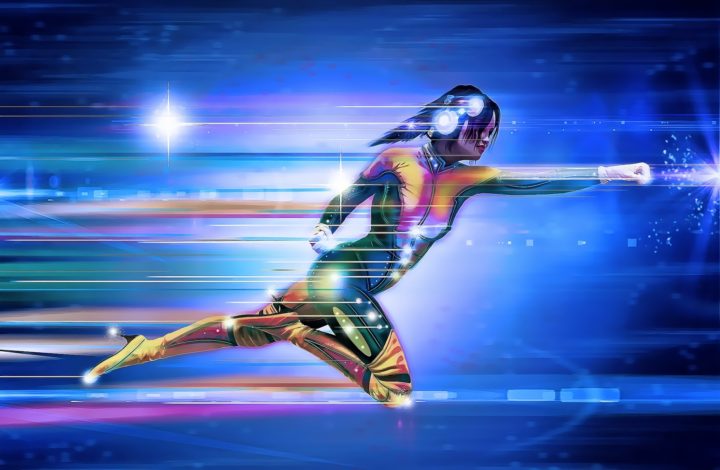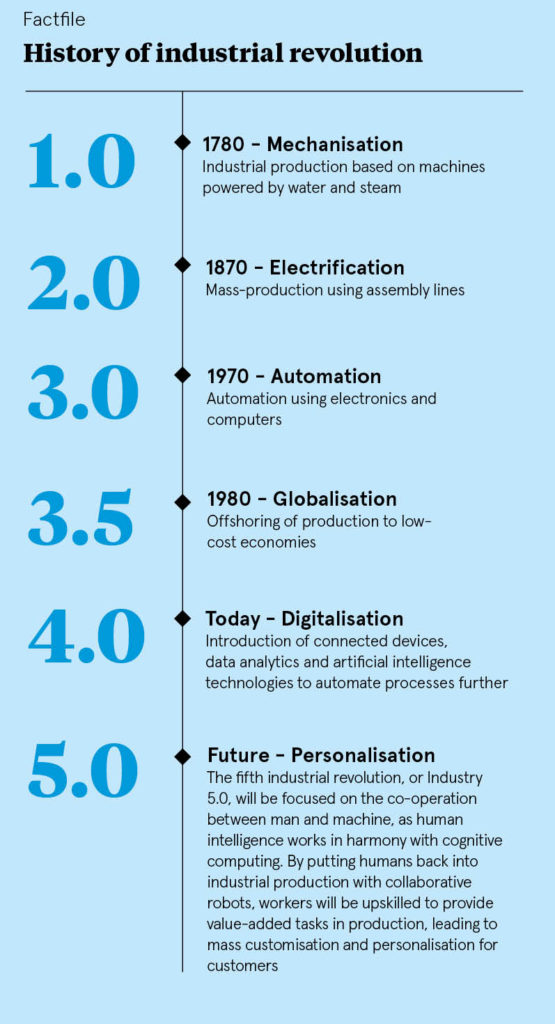There is a disconnect between what we want and receive in today’s economy. Internal and external forces will mold new behaviors and mentalities needed for change.
As today’s circumstances accelerate, new millennia will lead to new problems, requiring a new workforce.
Organizations will create greater diversity to grow and adapt new customer channels, relationships, and experiences. The millennial generation is poised to make up 50% of the workforce in the coming years. Old and young will assimilate each other’s talents and opportunities to get ahead.
For businesses to sell and customers to forage, new process and standards will be adopted to transform multi-sided marketplaces.
- COVID-19 is an external force that massively impacts buying behavior.
- Companies have little choice but to find new ways to survive digitally.
Digital Transformation is more than just Digitalization; Digital Transformation is about re-engineering your customer engagements and business operations with continuously-learning AI/ML capabilities to derive and drive new sources of customer, product, service and operational value.
The heart of Digital Transformation is combining an analytics-first mentality with an open, collaborative culture which is continuously learning and adapting to changing customer and market needs.
Food Experience 3.0
The Food and Beverage industry is in a pickle. From the bottom, supply chains are squeezed. From the top, dine in now means dine out. Food sourcing, prep, and consumer buying will adapt.
Food operators use 3rd party delivery services to maintain high visibility and accessibility. They will now have to grapple with ensuring a clean, safe work environments in a post COVID-19 era.
To compensate, they’ll outsource meal prep to Cloud Kitchens. Cue in the flying delivery bots and you have your utopian food future.
As a result, restaurateurs can execute just-in-time meal prep and fast delivery for hungry customers. Cue in the flying delivery bots and you have your utopian food future.
It’s not all glory. Network effects may further siphon profitability to the platform owners rather than the small businesses. As time goes on, they become dependent on “cloud” intermediaries to reach their customers.
Take away:
- Food brands combine with physical cloud kitchens and 3rd party food services to transform the eating experience.
Food for thought:
- The last restaurant you ate at, and plan to eat at?
- How will Cloud Kitchens compete against UberEats or Grubhub?
Automotive 2.0
Mentality for large purchases to require physical intimate buying experiences evolve. Trends of Electrification and digitalization will counteract the old, slow processes of today’s automotive industry.
Companies will compete beyond performance and safety. Brands will create new ways to engage the customer investing into the online buying experiences. Those able to do so will create separation from their rivals.
Regulatory pressure along with public sentiment will drive electrification in the automotive industry. Companies will have to guarantee higher vehicle standards to win consumer appeal. Those who get caught cheating in this regard may suffer setbacks that give opportunity for their rivals to capitalize on.
Food for thought:
- What does the automotive industry look like if Amazon enters the car dealership game?
Take away:
- Automotive companies create new channels of commerce to get to customers.
- Customers adapt new behaviors to forage and remain safe.
- Sustainability and cultural values become more explicit in the automotive space.
Employees as a Service 1.0
Major risks are imminent for the sharing economy. AirBnb and Uber will have to lay off their workforce to remain lean and competitive. Business models will transform if these unicorn companies are to survive.
The consequences of social distancing break the business model for system operators relying on renting out their homes or driving people around to make an income.
As state regulation forces billion dollar unicorns to reclassify thousands of independent contractors into, employees, profits will surely tighten.
The same goes for other industries as well. As these transformations take place, brands face significant risk in how they handle them. We already see this in the automotive space as as companies force their employees back to work.
Corporate Transformation 3.0
VW Group is a 25-year-old organization and a formidable competitor to any of its rivals. Recently, they’ve been investing more than many in the space.
They are fortifying themselves against a hyper competitive future. Consumer demand will force a new customer experience.
External forces across the landscape that include spin off brands, changes of ownership, and foreign ivestment will alter the playing field.
Take away:
- To become learner, stronger, and more agile brands need to invest in better customer engagement.
Side note:
Not all of us, but at least 50% of the people you know shop online. I’ll take that bet.
DIGITAL REPRESENTS BOTH CHALLENGE & OPPORTUNITY
The Challenge: Digital disruptors are entering your market. Your competitors, your customers and your partners are now digital.
The Opportunity: Transform your customer experience and operations to become a fully digital business.



